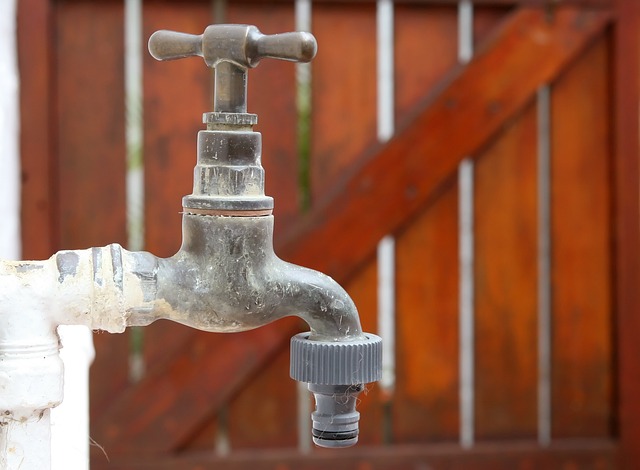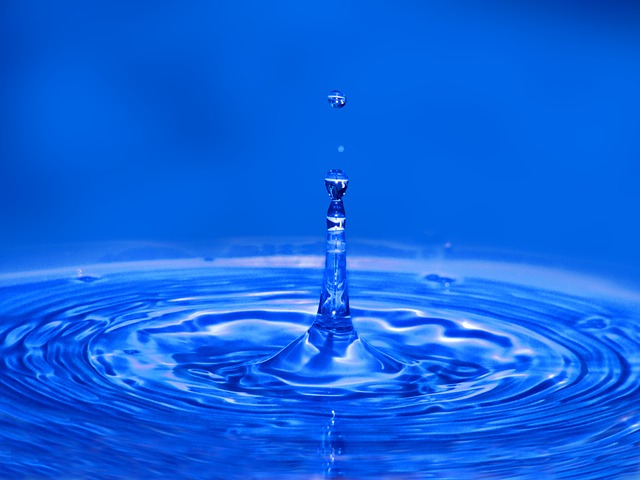
Drip Irrigation for Backyard Homesteads
Conserving water is a worthy goal for anyone, whether you’re an avid gardener, homesteader, farmer, or just want a more targeting system for the plants you keep as a hobby. Many watering systems are wasteful – that’s just the truth. Sprinkler systems, for instance, spray founts of water into the air and cover a swath of land. The water lands on the ground, on plants, and anywhere within reach, even if the plants are the only part needing water. It’s at odds with the very notion of saving or conserving water.
Fortunately, more efficient water delivery systems are out there! Drip irrigation is a targeted water delivery system that takes water and nutrients where they’re needed most – your plants. Drip irrigation puts the water exactly at the root ball of the plants, minimizing water usage. Water is a precious commodity. It’s quite scarce in many areas, but drip irrigation makes the most of the water you have by limiting waste and watering uniformly.
The Benefits of Drip Irrigation
Drip irrigation comes with several benefits. Some are obvious and others come as a delightful surprise. Saving water and using it wisely are the main goals of drip irrigation, but it can also:
- Reduce weed growth between rows
- Decrease occurrence of disease due to less contact between the water, leaves, stems, and fruit
- Yield cost savings
- Reduce the amount of labor needed to maintain a garden
- Cause less evaporation and runoff
Overall, plants use an impressive 90% of the water applied with drip irrigation. Sprinklers are 15% to 25% less efficient, so the numbers speak for themselves. Setting up a drip irrigation system is cost-effective, too, if you’re installing a simple DIY system. Drip irrigation has significant returns in plant health, savings, and labor, so the effort and investment for the initial setup are worthwhile. It’s the least expensive watering method and should ideally be used as much as possible, whether you have a home garden or run a larger, more commercial farm.
How Do You Make a Drip Irrigation System?
While it’s possible to purchase the components to make a drip irrigation system, they are expensive. If you’re setting up a drip irrigation system at home and for personal use, it’s simple to do yourself! A DIY drip irrigation uses recycled materials, too, so you’ll be recycling and saving water all at once. There are a few different possible methods for creating a system.
DIY Option #1
This first method yields a slow irrigator drip system. It’s quick to make and an excellent option for watering individual plants. To get started, you’ll need:
- A plastic 2-liter bottle or a wine bottle
- A drill or hammer and nail for poking holes
- A knife or pair of scissors
Step 1 – Prepare the Bottle
Get your 2-liter plastic bottle or empty wine bottle and clean it thoroughly. You don’t want any leftover product or residue mixed with the water for your plants! Once it’s clean, drill or nail holes into the cap or cork. If you’re using a cork and wine bottle, it will be a slower release. Of course, more holes in the cap mean a faster water flow, so don’t overdo it! Make sure the holes are decent sizes, too, as small ones get clogged with dirt and debris. After drilling the holes, cut off the bottom inch or so of the bottle with your knife or scissors and screw the cap back on the top.
Step 2 – Get It in the Ground
Make a hole wide and deep enough for about half the bottle. It should sit somewhere between four and six inches away from the stem of whatever plant it’s near. After you have the hole prepared, put the bottle inside with the cap side down. Ensure that at least a couple of inches of the bottle stays above ground. This keeps soil from mixing into the water.
Step 3 – Add Water
After the bottle is in the ground, it’s time for the water! Fill up the bottle, make sure it’s inverted, and your drip system is complete. It’s as easy as that! Repeat the process as often as needed, depending on your number of plants. They’ll get water right to their root ball without waste.
DIY Option #2
The second drip irrigator is quick-release, so this choice works opposite the first DIY method. The supply list is the same as before, so grab your bottle, drill, and scissors before beginning.
Step 1 – Prepare the Bottle
As before, thoroughly clean and rinse the bottle before starting the build. 2-Liter bottles are the best option, or you can opt for the wine bottle choice. Once it’s clean, use your nail or whatever method you want to poke holes in the bottom two-thirds of the bottle.
The location depends on how many plants you’re watering. If there’s more than one, you can spread things around. If there’s a single plant, make the holes on whatever side the plant sits. However, poking holes in the bottom of the bottle is important. Otherwise, you’ll wind up with stagnant, unclean water.
Step 2 – Place the Bottle
Dig a hole deep enough to handle two-thirds of the bottle and insert it into the soil. If you’re only watering one plant, turn the bottle so the holes are on the correct side. Secure the soil around it to keep it from tilting and gathering dirt.
Step 3 – It’s Watering Time
Remove your cap and fill the bottle with water. Leave the cap off so the water flows, but it can be partially replaced if the water is moving too quickly. Use the cap to adjust the water flow rate as needed. Check on your drip irrigation system regularly so you’ll know when a refill is necessary!
Final Thoughts
Drip irrigation is an incredibly useful tool for big and small water conservation efforts. A DIY system is a great start for backyard homesteads. You’ll reap all the benefits of drip irrigation without the major price tag that comes with buying a complete system. You probably have everything you need just sitting around your home! If you’re interested in learning more homesteading tips and tricks, check out the upcoming classes and events at Stoney Creek Farms, visit our blog, and follow our YouTube channel today!


